22349 hypothetical proteinThalassiosira pseudonana
| Chromosome | Product | Transcript Start | End | Strand | Short Name | |
|---|---|---|---|---|---|---|
| 22349 | chr_4 | hypothetical protein | 1515749 | 1519059 | - | hypothetical protein |
| NCBI ID | Ensembl Genomes exon ID |
|---|---|
| 7446153 | Thaps22349.3, Thaps22349.1, Thaps22349.2 |
| Expression Profile | Conditional Changes | Cluster Dendrogram | Discovered Potential cis-Regulatory Motifs |
|---|---|---|---|
Thaps_hclust_0174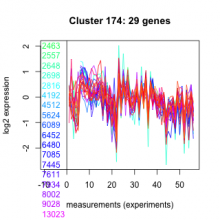 |
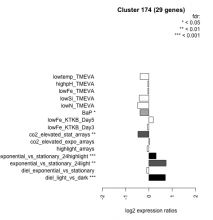 |
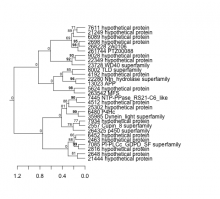 |
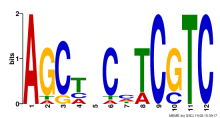 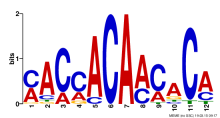  |
| Normalized Mean Residue | Discovered Potential cis-Regulatory Motifs | |
|---|---|---|
|
Thaps_bicluster_0269 |
0.41 |
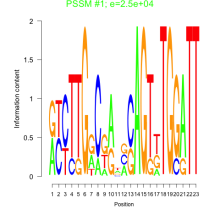 25000 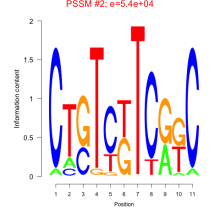 54000 |
Not available
| KEGG description | KEGG Pathway |
|---|---|
| Not available | Not available |

Add comment